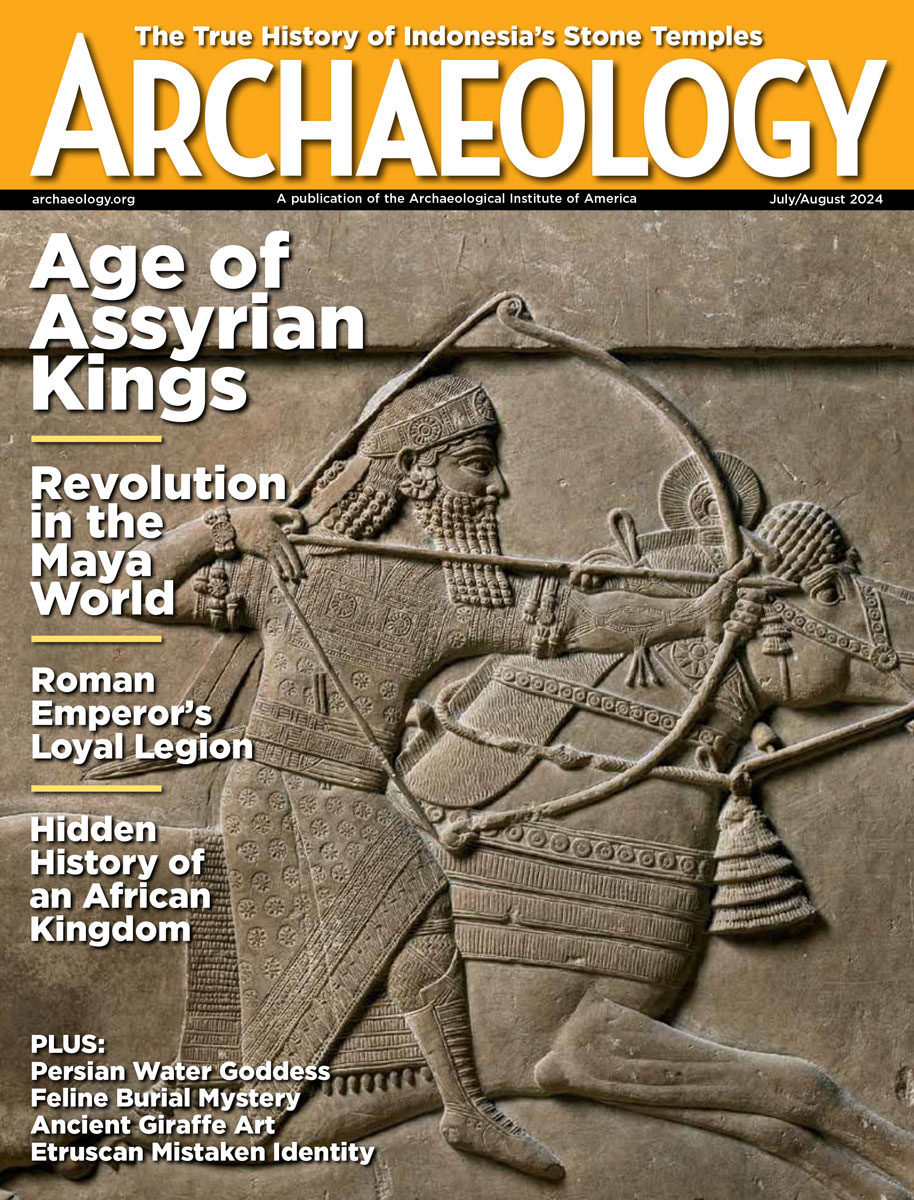Monday, August 11
August 11, 2008
A second-century Roman temple has been found beneath a Byzantine church in the center of the ancient city of Sepphoris, the capital of Galilee during the Roman period.
Skipper Philip Beale and a crew of 20 volunteers will attempt to circumnavigate Africa in a wooden vessel modeled on ancient Phoenician ships. The trip will take about a year, and Beale thinks there is a 70% chance of completing the voyage. “But there’s a 30% chance we make a serious navigational error or we come up against pirates and we are kidnapped or something,” he said. Â
A replica Viking ship completed a 2,800 nautical-mile journey over the weekend. The Sea Stallion sailed from Denmark to Ireland and back, “over swell after swell, the whole hull twisting and shaking with every wave it met, but continuing undaunted,” wrote passenger Soren Nielson. Â
The Army Corps of Engineers has allowed a casino company to begin limited work at a Revolutionary War site on Philadelphia’s waterfront, before the review of the property’s historical significance has been finished. “By going ahead with construction, you’re basically cheating on the process,” said archaeologist Douglas Mooney of the Philadelphia Archaeological Forum. Â
At the proposed site for a new elementary school in South Carolina, archaeologists discovered 4,500-year-old artifacts, including arrowheads and a stone tool, and pottery. Â
Did cooking food fuel changes in the human brain that made it smarter? Eating cooked food would have eased human digestion, perhaps freeing up energy for brain function, according to a new study of energy metabolism in Genome Biology. Â
You’ll recognize parts of this story on the archaeology of northern Afghanistan from last week. MSNBC has restored paragraphs of text from the Associated Press and added photographs. Â
Romanian archaeologists have reportedly found a Dacian cemetery in Ukraine.
- Comments Off on Monday, August 11









